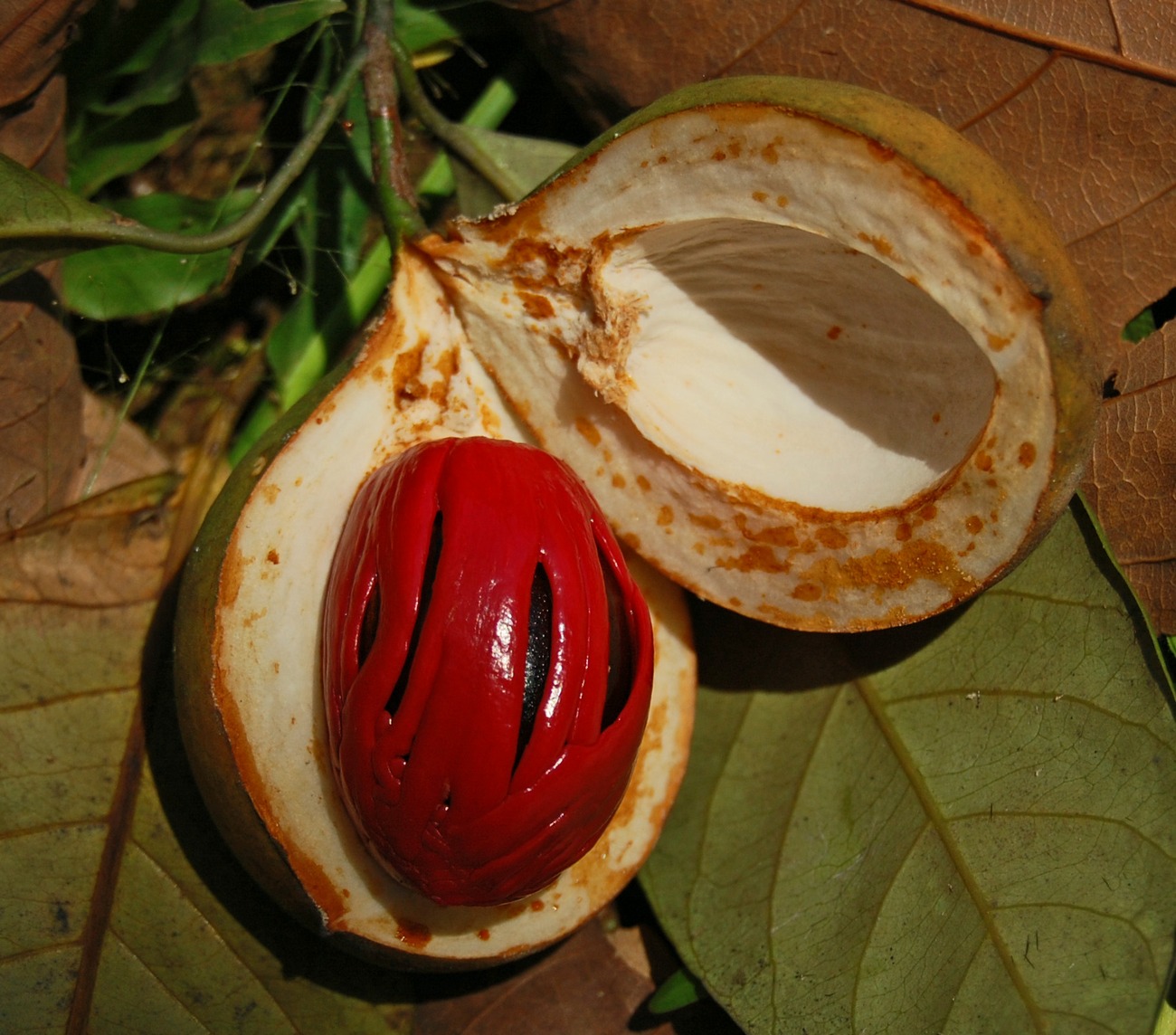|
Antonina Georgievna Borissova
Antonina Georgievna Borissova (1903–1970) was a Soviet botanist, specialising in the flora of the deserts and semi-desert of central Asia. Borissova authored 195 land plant species names, the ninth-highest number of such names authored by any female scientist. Plants Among the plants she identified are: * ''Rhodiola arctica'' Boriss.= sin. de '' Rhodiola rosea'' ( L.) (planta de la estepa rusa, que potencia el organismo, y en particular la actividad reproductiva). (Crassulaceae) * ''Rhodiola rosea L. subsp. arctica'' (Boriss.) Á.Löve & D.Löve * ''Rhodiola coccinea'' ( Royle) Boriss. (Crassulaceae) * ''Rhodiola heterodonta'' ( Hook.f. & Thomson) Boriss. (Crassulaceae) * ''Rhodiola iremelica'' Boriss. (Crassulaceae) * ''Rhodiola komarovii'' Boriss. (Crassulaceae) * '' Rhodiola linearifolia'' Boriss. (Crassulaceae) * '' Rhodiola pamiroalaica'' Boriss. (Crassulaceae) * '' Rhodiola pinnatifida'' Boriss. (Crassulaceae) * '' Rhodiola recticaulis'' Boriss. (Crassulaceae) * ... [...More Info...] [...Related Items...] OR: [Wikipedia] [Google] [Baidu] |
|
 |
Botany
Botany, also called plant science (or plant sciences), plant biology or phytology, is the science of plant life and a branch of biology. A botanist, plant scientist or phytologist is a scientist who specialises in this field. The term "botany" comes from the Ancient Greek word (') meaning " pasture", "herbs" " grass", or "fodder"; is in turn derived from (), "to feed" or "to graze". Traditionally, botany has also included the study of fungi and algae by mycologists and phycologists respectively, with the study of these three groups of organisms remaining within the sphere of interest of the International Botanical Congress. Nowadays, botanists (in the strict sense) study approximately 410,000 species of land plants of which some 391,000 species are vascular plants (including approximately 369,000 species of flowering plants), and approximately 20,000 are bryophytes. Botany originated in prehistory as herbalism with the efforts of early humans to identify – a ... [...More Info...] [...Related Items...] OR: [Wikipedia] [Google] [Baidu] |